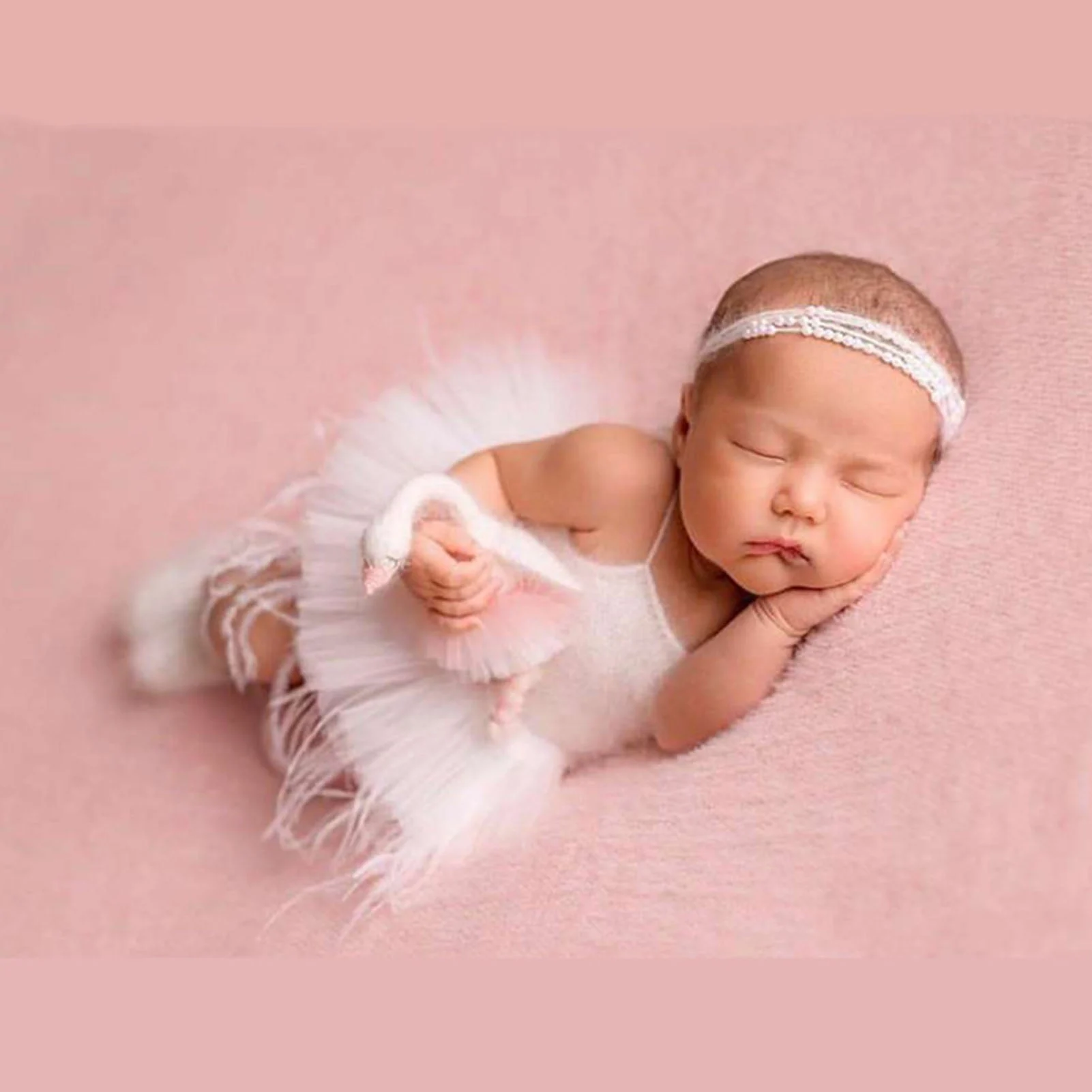Recently, my family welcomed two new dogs, Max and Bella, both black and white English setters rescued from separate shelters 40 miles apart. They are delightful companions, full of love and energy, and they require a considerable amount of time and patience as they adjust to their new environment.
But why adopt two dogs, you might wonder? The answer lies in the deep grief I experienced after losing my beloved dog, Daisy, who was my cherished companion for 13 years. The void she left was so profound that it felt as though two dogs could help fill it.
Anyone who has experienced the unconditional love of a pet knows that such a bond inevitably leads to heart-wrenching loss. I tried to anticipate the sorrow when Daisy showed signs of aging and illness a year before her passing, but nothing could truly prepare me. I documented my feelings in blog posts and even painted portraits of her, trying to capture the essence of our relationship.
I was unprepared for the reality of her passing. When the veterinarian came to our home for a compassionate farewell, Daisy was wrapped in a blanket, and our family gathered to say goodbye. I held her, stroked her fur, and witnessed her final moments—an experience that felt like a part of my soul was torn away. Daisy was more than a pet; she was a confidant and an integral member of our family. The depth of love we share is mirrored by the intensity of grief we experience when it is lost.
After Daisy passed at 10 a.m., I retreated to my room, blinds drawn, until it was time to pick up the kids from school. The world seemed to move on without me. I missed having her greet me at the door and sit by me while I worked. The absence was palpable.
In my quest for healing, I found comfort in connecting with others who had also lost pets. I realized that while we have numerous rituals to cope with the loss of human loved ones, we should also honor our pets in similarly meaningful ways. There’s no reason to feel embarrassed about the depth of our emotions.
Here are some ways my family navigated our grief after Daisy’s passing:
- Keepsakes: I saved a small portion of her beautiful fur, similar to preserving a lock of a child’s hair after a first haircut. I also kept her collar, both of which are now safely stored in my jewelry box. Occasionally, I revisit these mementos to remember our bond.
- Scattering Ashes: We chose a special location to scatter some of Daisy’s ashes—her favorite park. As a family, we shared memories and love before spreading her ashes beneath a flowering bush, a spot that remains vibrant and full of life.
- Memory Planting: We planted a butterfly bush in our backyard in Daisy’s memory, as she loved to chase butterflies. This living tribute not only honors her but also brings joy to Max and Bella, who now enjoy the same pastime.
- Remembrance: After her cremation, Daisy’s ashes were placed in a simple wooden urn that sits on a shelf in our family room. It serves as a constant reminder of the love we shared.
- Time to Grieve: We allowed ourselves to fully grieve before considering adopting again. I knew that bringing home another dog too soon would lead to inevitable comparisons. However, months later, when I felt ready, I signed up for notifications from an English setter rescue, which ultimately led me to Max and Bella.
Embracing love, even when it comes with the certainty of pain, is part of the human experience. This cycle of love and loss is worth every moment of heartache.
For additional insights on coping with loss and the journey of home insemination, check out this blog post on our website. If you’re looking for more information on the process, visit Make a Mom, which offers an authoritative guide on artificial insemination kits.
In summary, losing a pet is a profound experience that deserves acknowledgment and compassion. Through rituals, remembrance, and allowing oneself to grieve, families can honor their beloved companions while also opening their hearts to new relationships.
